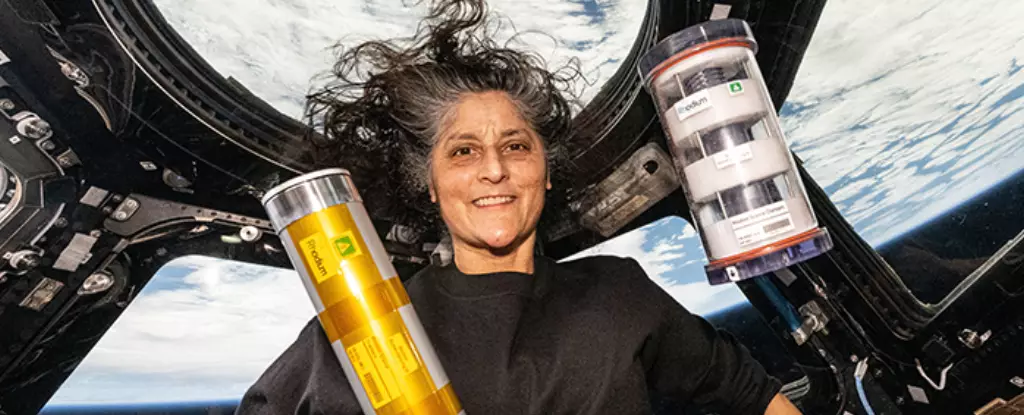The unexpected extension of two astronauts’ stay on the International Space Station (ISS) underscores the complexities and challenges inherent in space missions. Butch Wilmore and Suni Williams, who initially embarked on a short eight-day mission in June 2024 aboard Boeing’s Starliner, are now facing an unprecedented wait of more than nine months due to a series of technical setbacks. This disruption not only affects the astronauts but also highlights the delicate balance of crew rotation and spacecraft reliability in modern space exploration.
The situation escalated when propulsion issues emerged during the Starliner’s ascent, prompting NASA to reconsider their return strategy. Rather than risking the safety of the astronauts by attempting to return with a compromised vehicle, the decision was made to abort the Starliner mission and prioritize crew safety. Instead, Wilmore and Williams were slated to return aboard the SpaceX Crew-9 mission, which was intended to ferry them home in February 2025. However, delays in the launch of Crew-10 have pushed this timeline further out, with NASA recently announcing that both crews would remain on the ISS until at least late March 2025.
This decision emphasizes NASA’s and SpaceX’s commitment to safety over schedules, a stance that is crucial in the high-stakes environment of human spaceflight. As the reliance on commercial partners such as SpaceX becomes increasingly prominent, such delays present logistical challenges not only for personnel but also for mission planning and international cooperation aboard the ISS, as crew members from different nations collaborate for extended periods in space.
The ramifications of extended missions are multifaceted, particularly concerning the psychological and physical well-being of astronauts. Living in the confined quarters of the ISS for an extended duration can be a taxing experience, influencing mental health and crew dynamics. Regular physical health assessments and support systems are essential in mitigating the impacts of isolation and confinement. As NASA and SpaceX adjust their plans in light of the delays, they must also focus on maintaining morale and mental wellness among the crew, reinforcing the importance of mental health initiatives in space exploration.
This incident serves as a reminder of the unpredictability inherent in space missions. With more nations aiming to establish their presence in low Earth orbit and beyond, ensuring the reliability of spacecraft and developing robust contingency plans become ever more critical. NASA and SpaceX’s experience with Crew-9 and Crew-10 will likely influence upcoming missions, emphasizing thorough testing and real-time problem-solving to avoid extending mission timelines unnecessarily.
Ultimately, the prolonged stay of astronaut Wilmore and Williams illustrates the potential hurdles of space exploration. While delays may be frustrating, they offer invaluable lessons on the necessity of flexibility, safety, and the resilience of those who venture into the unknown. As space agencies and private firms continue to navigate the complexities of human spaceflight, these lessons will be essential for sustaining future endeavors beyond our planet.

